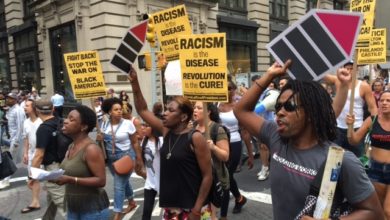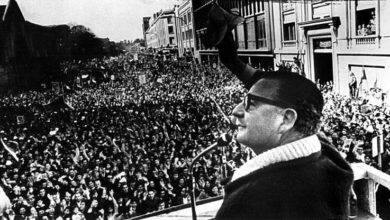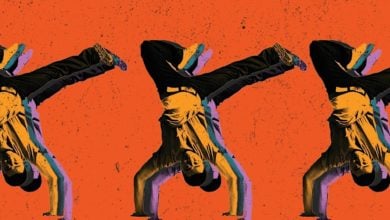For those who dream of a world without the oppression of women, the experience of the Russian Revolution is proof that socialism, even in a poor or underdeveloped country can significantly advance women’s liberation. What were some of the gains that women experienced after the 1917 revolution led by the Bolsheviks?
To better understand women’s gains in the first socialist state, it helps to realize that women were among the leaders of the revolution. Bolshevik leader Alexandra Kollontai along with Vladimir Lenin theorized that women’s liberation would require her liberation from housework and dependency on her husband.
In September 1919 the Bolsheviks created a separate Women’s Department, the Zhenotdel, established within the Communist Party, which Kollontai chaired. The Zhenotdel was the first mass-based organization created by women to advance their own interests within a revolutionary context. Under its guidance, millions of women fought for, and won, rights available nowhere else in the world at the time and many scarcely available today, including the banning of night work for women, the implementation of an 8-hour work day, the banning of child labor under 16 years of age and the establishment of a network of daycares and crèches to care for children of working mothers.
In two brief decrees published in December 1917, the Bolsheviks substituted civil marriage for religious marriage and established divorce at the request of either spouse. The complete Code on Marriage, the Family, and Guardianship was ratified in October 1918, which established a new doctrine based on individual rights and gender equality. In 1920, the Soviet republic went still further and became the first country to legalize abortion in the modern period.
The Five Year Plan for Industrialization that began in 1928 created vast new opportunities for women. Soviet economic planning quickly created tens of millions of new industrial jobs. Ten years later, women made up 40% of the industrial workforce.
During this period the number of childcare facilities expanded rapidly: crèches for infants increased twentyfold, day care centers increased by a factor of 12. Childcare facilities were hastily organized in factories, collective farms, state farms, cooperatives and homes.
While the overall trajectory of Soviet society since its beginning was in the direction of equality for women, there were serious setbacks as well. In the 1930s, there was a conservative turn by the Soviet leadership on the question of the family to the detriment of the struggle for women’s liberation. In 1936, abortion was made illegal.
Women’s liberation in the countryside
At the time of the Revolution the vast majority of the people lived in villages with little social change since Ivan the Terrible ruled Russia in the 16th century. Spousal abuse was common and accepted, as were arranged marriages. Women could not own or control property. When mass collectivization began in 1929, private peasant plots were combined into communally-run collective farms and state farms in which women exercised equal power to men.
Because of their policy of national autonomy and self-determination, the different republics of the USSR fought for women’s liberation according to the needs of their own cultures. The most dramatic feature of women’s emancipation in the majority-Muslim republics was the Hujum, or veil-burning. In an act of defiance against patriarchy, Muslim women were encouraged to publicly burn their stifling all-body paranja. Despite attacks by some men, the courage of activists like Saodat Samieva in Uzbekistan inspired countless others to resist nonetheless, and Muslim women achieved greater equality just as women did elsewhere in the USSR.
When peasant men were drafted for World War II in 1941, women stepped up and ran the farms practically by themselves. In industry they formed an absolute majority – 51 percent – in 1942. A famous propaganda poster from the era reads “For victory an important factor – a village girl behind a tractor!” Women were drafted into the war, too, and 400,000 Soviet women served in combat roles.
The Soviet Union continued to industrialize and modernize after World War II. Approximately 25 million Soviet citizens died in the war, the vast majority of them men. This created a permanent demographic imbalance in the USSR – women were going to have to play a much greater role in rebuilding the country.
In the USSR, all medical services were free, and the medical system was comprehensive from prenatal care all the way to the grave. The Soviet system was so good that in 1978 the World Health Organization concluded that the USSR had the best on the planet and advised that their system be adopted by all other countries!
Although the 1977 Constitution was carefully worded to ensure that women had equal rights, in 1981 the Soviet government ratified the UN General Assembly Convention on the Elimination of All Forms of Discrimination Against Women, too, redoubling their commitment to gender equality.
Though the Soviet Union has not existed for the past 26 years, it still shows us how socialism lays the basis for the liberation of women.






